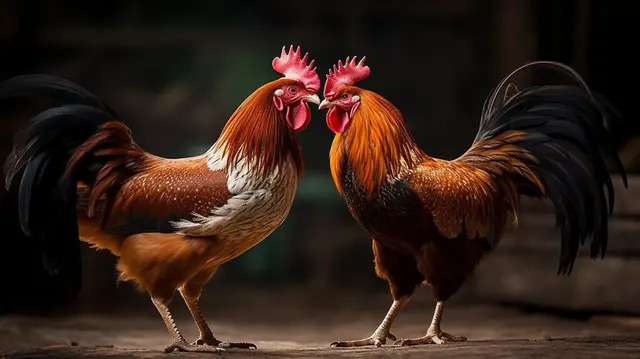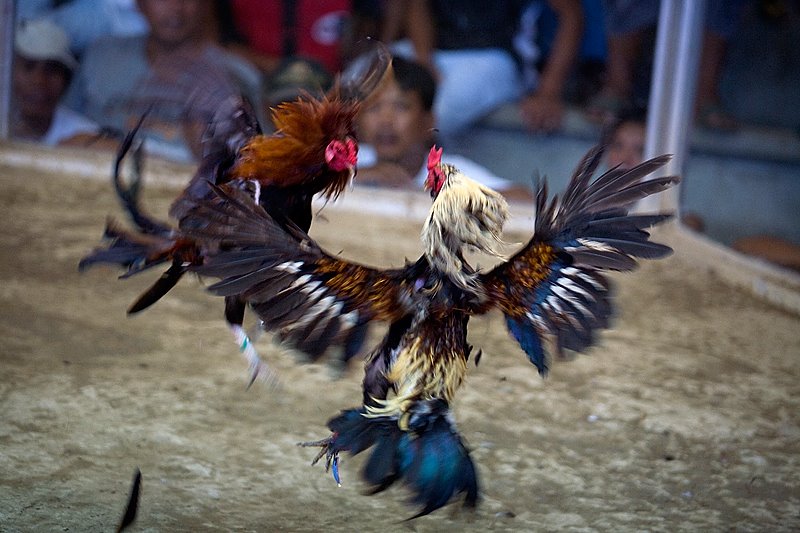Sabong as Sports: A Cultural Tradition and Competitive Pursuit

 Sabong, also known as cockfighting, is a sport deeply ingrained in the cultural heritage of several countries, most notably the Philippines. While it is a subject of controversy due to ethical concerns and legal restrictions in many places, it is undeniably a significant aspect of local tradition and an important form of entertainment. This article explores sabong as a sport, highlighting its historical significance, cultural context, and the principles that make it a unique competitive pursuit.
Sabong, also known as cockfighting, is a sport deeply ingrained in the cultural heritage of several countries, most notably the Philippines. While it is a subject of controversy due to ethical concerns and legal restrictions in many places, it is undeniably a significant aspect of local tradition and an important form of entertainment. This article explores sabong as a sport, highlighting its historical significance, cultural context, and the principles that make it a unique competitive pursuit.
A Brief History
Cockfighting is believed to have ancient origins, dating back to the earliest recorded civilizations in Southeast Asia. In the Philippines, it has been practiced for centuries and holds a central place in Filipino folklore and culture. Spanish colonizers documented their observations of sabong in the 16th century, and the sport has since evolved into various forms, incorporating both traditional and modern elements.
The Cultural Significance
Sabong is deeply intertwined with the cultural fabric of the Philippines. It serves as a venue for social gatherings, community bonding, and celebrations. It is also a reflection of Filipino values, such as camaraderie, honor, and sportsmanship. The sport has produced legends and heroes, with famous gamecocks earning a status akin to that of legendary athletes in other sports.
Key Aspects of Sabong as a Sport
Strategic and Technical Skill: At its core, sabong is a sport that requires both the owner (sabungero) and the gamecock to possess strategic and technical skills. Owners invest considerable time and effort in training and conditioning their birds, which involves rigorous physical conditioning, dietary control, and meticulous grooming. Successful sabungeros must understand the birds’ behavior, fighting techniques, and optimal timing for releasing them into the arena.
Competitive Nature: Sabong is a fiercely competitive sport. Matches are often characterized by intense rivalries between breeders and sabungeros. Bets placed on the outcomes of these fights can be substantial, adding to the sport’s competitive nature.
Regulations and Standards: In countries where sabong is legally practiced, there are strict regulations in place to ensure the well-being of the gamecocks and the fairness of the competition. These regulations often include rules on the size and weight of the birds, as well as guidelines for the design and dimensions of the fighting arena.
Respect for the Gamecocks: While the ultimate goal of sabong is to determine a winner, enthusiasts often have deep respect and affection for their gamecocks. Owners take pride in raising and caring for their birds, and the welfare of the gamecocks is a significant concern in legal sabong events.
Economic Impact: Sabong has a significant economic impact in regions where it is practiced. It generates revenue through ticket sales, bets, and associated industries, such as breeding, training, and equipment manufacturing.
Conclusion
Sabong, despite its controversial nature and legal restrictions in many places, is a sport with deep cultural roots and a dedicated following. It provides enthusiasts with a unique avenue for competitive expression and fosters community bonding. While ethical concerns surrounding animal welfare remain, those who advocate for the continuation of sabong emphasize its cultural significance and historical roots.
It is important to recognize that sabong is a complex and multifaceted tradition. The debate surrounding its legality and ethics continues to evolve, but its status as a cultural phenomenon and competitive pursuit cannot be denied. As sabong enthusiasts and critics engage in dialogue, it is crucial to consider both the cultural significance and ethical implications of this age-old sport.
- Author
- September 14, 2023
- 4:37 am
- No Comments

